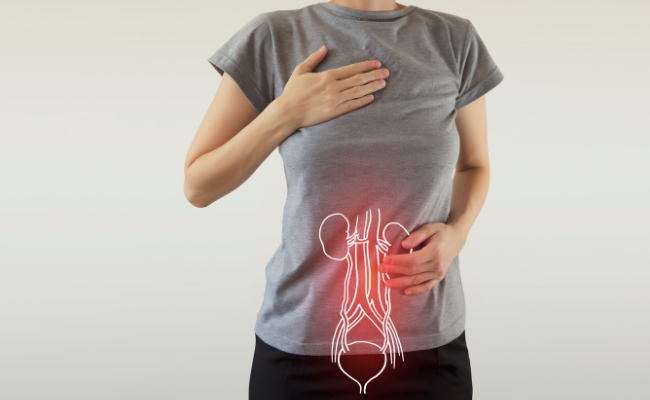How to Treat Discharge After Urination?
- November 09, 2023
- No Comments

What is Discharge After Urination?
Discharge after urination, often referred to as post-void dribbling, is a common and bothersome issue that affects both men and women. It occurs when urine continues to drip or leak from the urethra after one has finished urinating. This condition can be both uncomfortable and embarrassing, and understanding its causes, treatment options, and associated benefits is essential.
Why Does Discharge After Urination Occur?
Several factors can contribute to the occurrence of discharge after urination:
- Weak Pelvic Floor Muscles: One of the primary reasons for post-void dribbling is weak pelvic floor muscles. These muscles play a crucial role in controlling urination, and when they are weak, they may not close the urethra properly after urination, allowing urine to leak out.
- Prostate Issues: In men, prostate problems can lead to discharge after urination. An enlarged prostate or prostate infection can affect the urinary flow and cause post-void dribbling.
- Urinary Tract Infections (UTIs): UTIs can irritate the urinary tract, causing discomfort and sometimes leading to discharge after urination.
- Neurological Conditions: Certain neurological conditions, such as multiple sclerosis, can affect nerve signals that control the bladder and urethra, resulting in dribbling.
- Urethral Strictures: Narrowing or blockages in the urethra can impede the complete emptying of the bladder, causing post-void dribbling.
- Medications: Some medications may relax the bladder or urinary sphincter muscles, contributing to discharge after urination.
How to Treat Discharge After Urination?
Treating discharge after urination depends on its underlying cause. Here are some common treatment options:
- Kegel Exercises: For individuals with weak pelvic floor muscles, Kegel exercises can be highly effective. These exercises help strengthen the muscles responsible for controlling urination. Regular practice can improve bladder control and reduce post-void dribbling.
- Medication: In cases where an underlying medical condition, such as a UTI or prostate issue, is the cause of discharge after urination, medication may be prescribed to address the condition. Antibiotics can help clear up UTIs, and medications may be prescribed to manage prostate-related issues.
- Urethral Dilation: If urethral strictures are causing post-void dribbling, a medical procedure called urethral dilation may be recommended. During this procedure, the narrowed urethra is gently stretched to improve urine flow.
- Lifestyle Modifications: Simple lifestyle changes can also help reduce discharge after urination. Avoiding caffeine, alcohol, and spicy foods, as well as maintaining a healthy weight, can minimize symptoms.
- Bladder Training: Bladder training involves scheduled urination and gradually increasing the time between trips to the restroom. This can help individuals gain better control over their bladder and reduce post-void dribbling.
- Surgery: In some cases, surgery may be necessary. For instance, if prostate enlargement is causing the issue, a procedure like transurethral resection of the prostate (TURP) may be recommended.
- Electrical Stimulation: Electrical stimulation of the pelvic floor muscles can be used to strengthen these muscles and improve bladder control.
Benefit Points of Treating Discharge After Urination:
- Improved Quality of Life: Treating discharge after urination can significantly improve one's quality of life. It reduces the discomfort and embarrassment associated with this condition, allowing individuals to go about their daily activities with confidence.
- Enhanced Confidence: Many people who experience post-void dribbling may feel self-conscious about it. Effective treatment can boost their confidence, as they no longer have to worry about urine leakage.
- Prevention of Complications: Addressing the underlying causes of discharge after urination, such as UTIs or prostate issues, can prevent potential complications and more severe health problems.
- Reduced Discomfort: Discharge after urination can cause physical discomfort and irritation. Treatment options can alleviate these symptoms, leading to a more comfortable daily life.
- Customized Solutions: The variety of treatment options available allows individuals to choose the approach that best suits their needs and preferences. Whether it's exercises, medication, or a medical procedure, there are solutions tailored to each person's situation.
Comments (0)